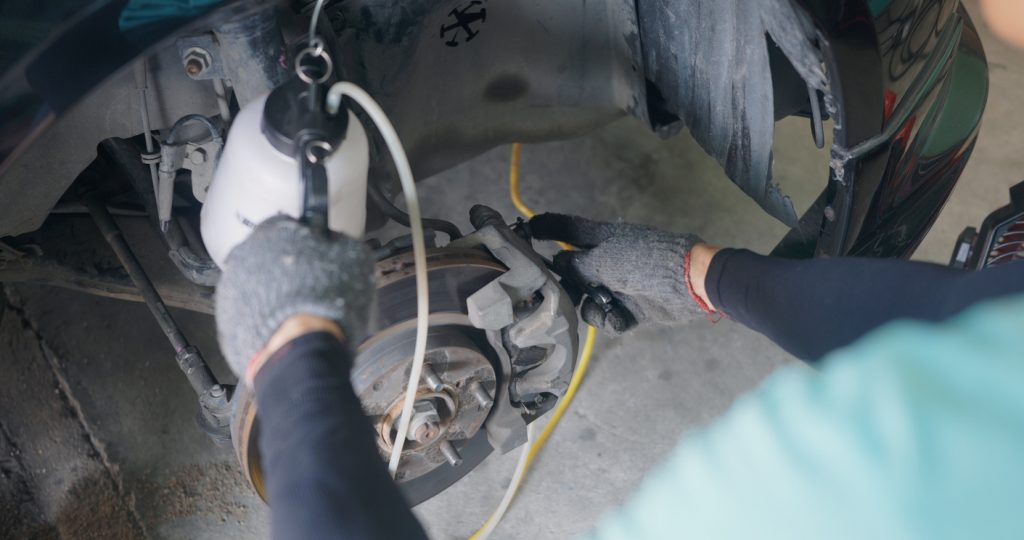Brake maintenance is crucial for vehicle safety in Nigeria. Over time, air bubbles can enter the brake lines, causing soft or spongy brake pedals. Knowing how to bleed brakes ensures your braking system works efficiently and safely. In this guide, we’ll provide a step-by-step process, tips, and local context to help Nigerian drivers maintain optimal brake performance.
What Does It Mean to Bleed Brakes?
Bleeding brakes is the process of removing trapped air from the brake lines. Air in the system can reduce hydraulic pressure, resulting in decreased braking efficiency. Regular bleeding is essential for:
- Maintaining strong, responsive brakes
- Preventing brake failure in traffic or emergencies
- Extending the lifespan of brake components
Tools You Need to Bleed Brakes in Nigeria
Before starting, ensure you have the following tools, which are commonly available at Nigerian auto parts shops:
- Brake fluid (check manufacturer’s specifications)
- Wrench for the bleeder screws
- Clear tubing and a container for old fluid
- Assistant/helper (optional but recommended)
- Protective gloves and eye protection
Step-by-Step Guide: How to Bleed Brakes
Follow these steps carefully to bleed your brakes safely:
- Check the Brake Fluid Reservoir: Top it up with the correct brake fluid for your vehicle.
- Locate the Bleeder Screws: Usually found on each brake caliper.
- Attach Clear Tubing: Connect the tubing to the bleeder screw and place the other end in a container.
- Press the Brake Pedal: Have an assistant pump the pedal several times, then hold it down.
- Open the Bleeder Screw: Slowly release the air and fluid into the container.
- Close the Screw and Repeat: Continue until no air bubbles are visible in the fluid.
- Check Fluid Level: Keep topping up the reservoir to avoid introducing more air.
- Test Brakes: After bleeding, press the pedal to ensure it feels firm and responsive.
Tips for Nigerian Drivers
- Always use high-quality brake fluid available from trusted suppliers.
- Perform bleeding on level ground to avoid uneven fluid flow.
- Wear gloves and goggles — brake fluid can damage skin and paint.
- Consider professional assistance if unsure, especially with ABS-equipped vehicles.
- Travo.ng can help locate reliable auto workshops and parts stores for brake maintenance.
Common Mistakes When Bleeding Brakes
Nigerian drivers should avoid these common errors:
- Using old or contaminated brake fluid
- Failing to keep the reservoir topped up during bleeding
- Not properly tightening bleeder screws after completion
- Skipping a brake test before driving
Why Travo.ng is Your Trusted Partner for Brake Maintenance
Travo.ng connects Nigerian drivers with verified auto service providers, ensuring:
- Access to professional brake bleeding services
- Guidance on selecting the correct brake fluid and tools
- Safe and reliable support for DIY or assisted brake maintenance
Conclusion: Keep Your Brakes Responsive
Knowing how to bleed brakes is vital for vehicle safety in Nigeria. By following proper procedures, using quality brake fluid, and leveraging trusted services like Travo.ng, drivers can maintain responsive brakes, reduce risks on the road, and enjoy peace of mind on every journey.







